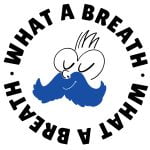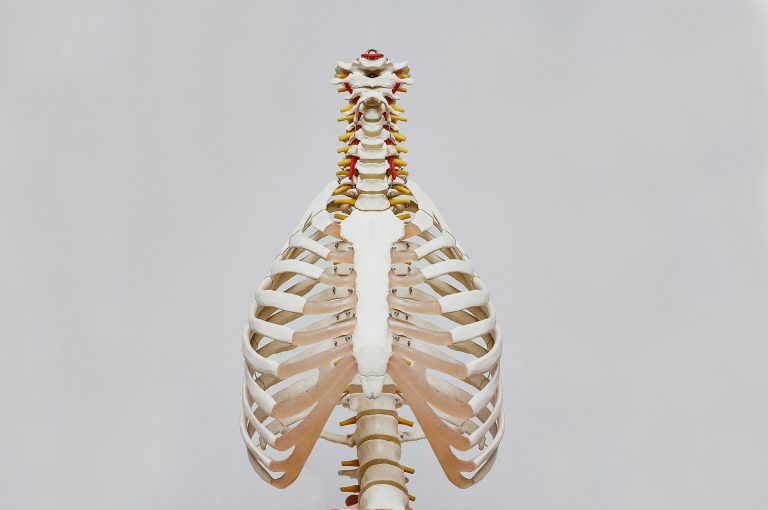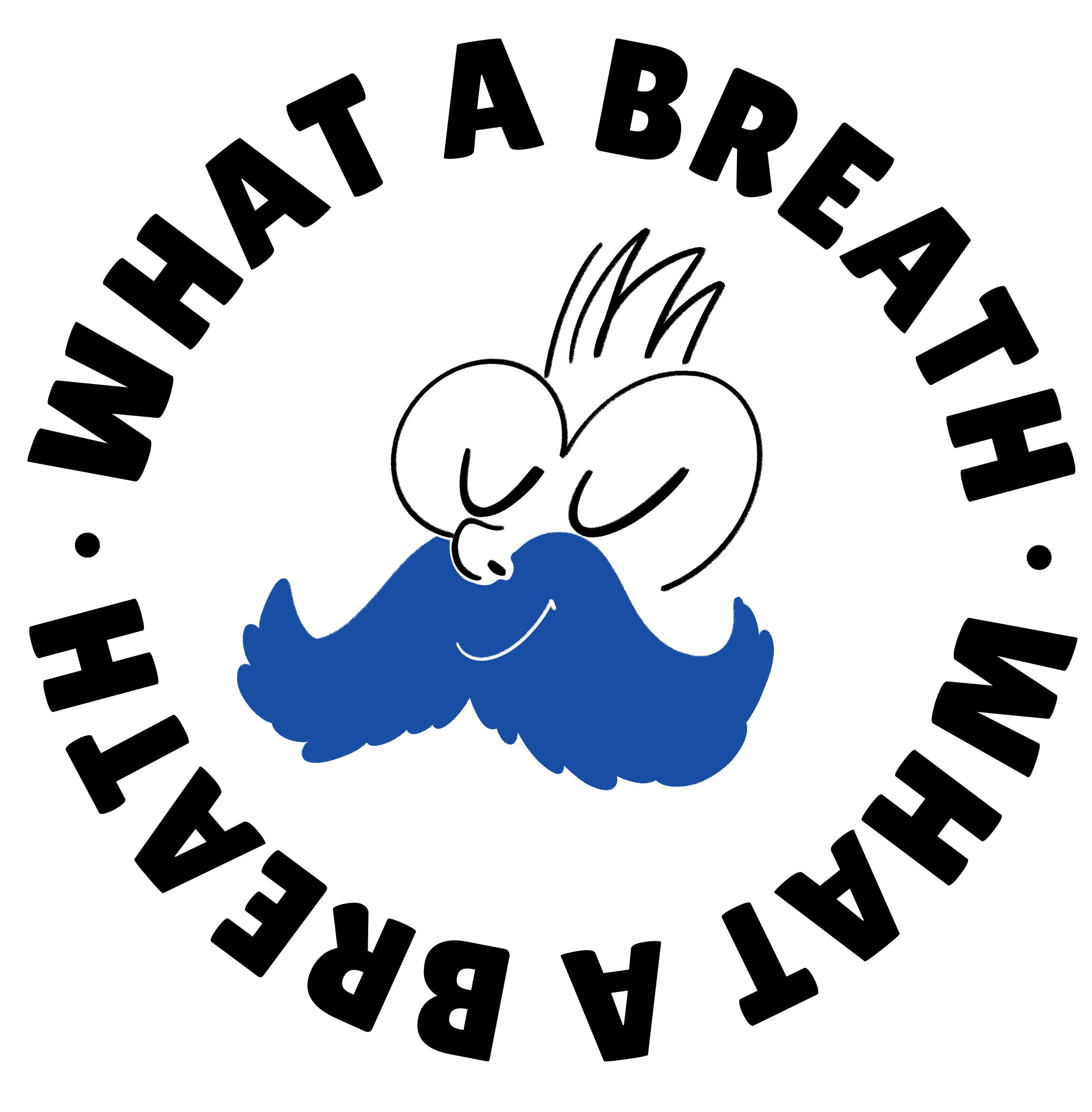Hey! Have you ever thought about how you breathe? We rarely pay attention to it, yet breathing is one of the most powerful things we can control to improve our well-being. Today, I’m going to talk to you about diaphragmatic breathing, a simple but super effective way to relax, reduce stress, and enhance the quality of your breathing. I’ll guide you step by step to learn how to do it correctly and integrate it into your daily routine. Ready? Let’s go!
Why Is Diaphragmatic Breathing So Important?
The diaphragmatic breathing, also known as abdominal or deep breathing, fully utilizes the diaphragm, the primary muscle responsible for breathing, located between the chest and abdomen.
Many people, without realizing it, breathe shallowly, using mainly their chest. This type of breathing is not only inefficient but can also increase tension and stress. Diaphragmatic breathing, on the other hand, allows the lungs to fill deeply, promoting greater oxygen intake and immediate relaxation.
Have you ever noticed how babies breathe? Their bellies gently rise and fall with each breath. This is the natural way to breathe, and with a bit of practice, you can relearn it too.
How to Prepare for Diaphragmatic Breathing
Finding the right environment to practice is essential. Look for a quiet place, free from distractions. You can practice while sitting on a chair with your feet firmly on the ground or lying on a mat with your knees slightly bent and a pillow under them to relax your lower back.
Wear comfortable clothing and try to relax your entire body. Your shoulders should be soft, not lifted, and your neck free of tension. If it helps, close your eyes to focus better on your breath.
How to Prepare for Diaphragmatic Breathing
To make sure you’re really using your diaphragm, try this simple test. Place one hand on your chest and the other on your belly. Inhale slowly through your nose and observe which hand moves more. If your chest rises, you’re still breathing shallowly. If your belly lifts instead, you’re on the right track!
At first, it may feel strange or difficult, but with a bit of practice, it will become more natural.
How to Perform Diaphragmatic Breathing Correctly
Now that you’re aware of your breath, let’s see how to perform diaphragmatic breathing correctly.
- Inhale slowly through your nose. Imagine the air traveling down to your abdomen, causing your belly to expand like a balloon. Try to avoid lifting your chest.
- Exhale slowly through your mouth, allowing your belly to gradually deflate.
- Continue breathing this way for a few minutes, maintaining a steady and relaxed rhythm.
- If you like, you can count mentally: inhale for a count of four and exhale for a count of six. This helps extend exhalation, promoting deeper relaxation.
Repeat the exercise for at least five minutes a day, and over time, it will become easier and more natural.
When to Practice Diaphragmatic Breathing?
The great thing about this technique is that you can use it in so many situations! In the morning, to start your day with more energy. During the day, to regain calm in stressful moments. In the evening, before going to sleep, to relax and improve sleep quality.
If you’re feeling particularly nervous or anxious, try a few diaphragmatic breaths—it helps calm the nervous system and reduce tension. Even before an important meeting, an exam, or a sports event, this technique can be a great ally to regain control.
The Benefits of Diaphragmatic Breathing
Practicing diaphragmatic breathing consistently brings incredible benefits. It improves oxygenation throughout the body, helps reduce blood pressure, and strengthens the diaphragm. Additionally, it stimulates the vagus nerve, which helps reduce stress and promotes deep relaxation.
It’s not just a relaxation technique but a powerful tool to enhance your overall health and well-being.
Conclusion: Rediscover the Power of Your Breath
Breathing is always with us, yet we often don’t give it the attention it deserves. Diaphragmatic breathing is a simple but powerful way to improve both your physical and mental state.
Start with just a few minutes a day, take the time to observe your breathing, and try integrating this technique into your daily life. You don’t need any equipment or a special environment—just your body and awareness.
At first, it may seem strange, but with practice, it will become second nature. Your breath is a powerful and free tool—make the most of it and see how much it can improve your life!






